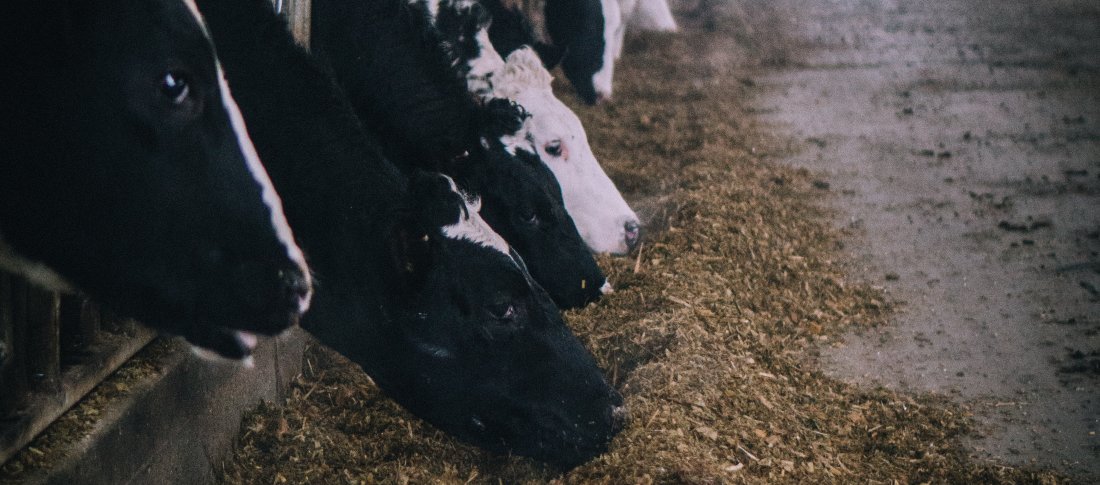Forget egg and spoon races. If you want a delicate balancing act, there are few finer examples than dairy farming. Yes, there’s the tightrope between operational overheads and profit. But there’s also the sensitive relationship between what goes into the mouth and comes out of the udders.
Subtle dietary tweaks can have a big impact on milk yield and milk fat content. That’s particularly evident when it comes to experimenting with different types of silage. Of course the key determinant of a silage’s overall feeding value lies in the combination of dry matter and nutrient content. But within that framework, there are variables that can have a surprising impact on the performance of your herd.
Let’s take a look at how different silage types affect milk production.
But first...
If you need a primer on how silage trumps hay, why it’s so economic and what makes it such a smart choice for dairy cattle, try one of our previous (and very popular) articles.
>> Super greens: why silage is great for dairy cows (and dairy farmers)
Chop logic
Let’s start with grass silage. There’s a whole host of variables to get right to maximise the quality (and quantity) of what you produce. Not least of these are: cutting grass at the right growth stage, wilting it for the optimum time, chopping it to the correct length, preserving it with the right additive and rolling and sealing it properly in the clamp.
For example, did you know that if grass is left until after heading before cutting, digestibility falls by about 0.5% a day? Or that, cutting grass in the morning and wilting it rapidly to the correct DM so you can harvest it that same day could actually produce better silage than cutting in the afternoon and wilting it for 24 hours? Or even that chop length should be varied according to how dry the grass is?
For an information-packed resource on making quality grass silage visit www.cuttoclamp.com
Amazing maize...
There’s a reason that maize has become popular with UK dairy farmers. When grown and managed correctly, it produces a high yield of relatively high dry matter silage with good energy performance.
Time and again studies have shown that in comparison to grass silage alone, maize can improve milk yield by around 2.3kg/cow/day. Whether you are comparing common UK grass types such as Italian ryegrass, perennial ryegrass, hybrid ryegrass or red clover, studies show that milk yields almost always increase when maize forms at least 50% of the silage.
Adding herbaceous veggies to the mix
For all that maize offers persuasive nutritional benefits, it can’t do everything singlehandedly. Maize has relatively poor protein content, which makes protein supplementation essential. An easy way around that is to supplement your silage with herbaceous vegetation, which will increase the protein content of your herd’s milk and provide beneficial dietary fibre too.
From kale to swedes and turnips, AHDB Dairy outline the benefits of a range of forage feeds here.
Getting the balance right
Getting the best performance from your dairy herd requires careful dietary balance. Volac Wilmar has created a range of safe, cost-effective dietary supplements that are proven to increase the performance and fertility rates of dairy cattle. If you would like to know more, visit our website.
